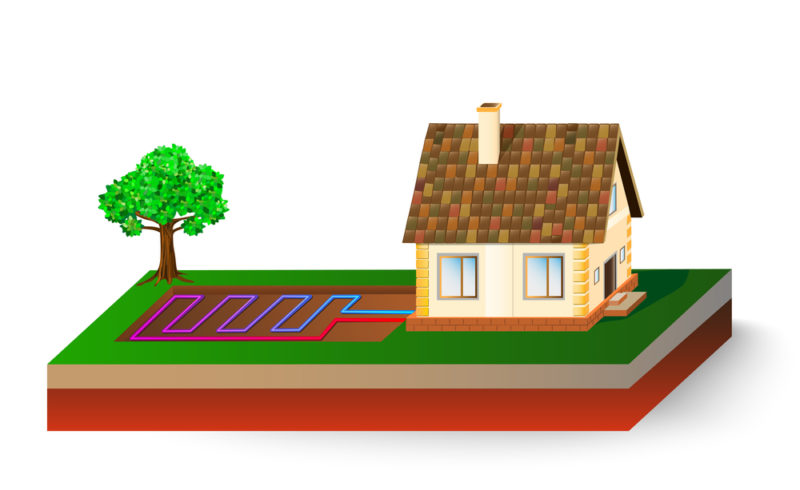Using a geothermal heat pump at your Mt. Juliet, Tennessee, home is a great alternative to a traditional HVAC system. You can reduce your environmental impact while enjoying a comfortable atmosphere, thanks to a pump that operates efficiently and effectively. However, when your heat pump isn’t working as it should, you may notice a few common warning signs of trouble. It’s important to bring in an experienced HVAC technician to take a closer look if you spot any of these signs.
Wet Spots
One of the most telltale signs of geothermal heat pump trouble is the appearance of random wet spots on your lawn or property around where the coils are buried. It’s rare for the loop to spring a leak, but it can happen. A leak in one of the coils is more likely if it’s close to 50 years old, which is typically when manufacturers and technicians recommend replacement. The loops contain a mixture of antifreeze and water, so the wet spots will usually show up unexpectedly.
During the installation process, the pump will usually contain some dye that shows where the leak is occurring within the system. If you spot any bright colors on your lawn or in the soil, contact an HVAC technician to take a closer look. Keep an eye on the age of your geothermal system and consider replacement when it’s nearing the 50-year mark. If you inherited the system when you purchased your home, try to find out when it was installed.
Loss of Power
Another warning sign of geothermal heat pump trouble is a sudden loss of power. This can indicate a problem in the loop or an issue with the interior cabinet. The power loss may not be extremely obvious; instead, the cooling or heating system may have to work harder to reach the temperature you set on the thermostat. You could notice that it has to run longer to maintain a comfortable temperature, or it continues to run but never reaches the level you set. Any of these issues can indicate a problem that should be addressed by a qualified technician.
Increased Energy Bills
Most homeowners will notice a sudden change in energy bills between months, but what many don’t realize is that this can indicate a heat pump problem. Using a geothermal heat pump to heat and cool your home is generally more efficient than other methods, so your bills should stay relatively moderate throughout the changing seasons. When you notice a sharp spike from one month to the next, you may want to get your system checked out as soon as possible. Continuing to run it could end up costing you a lot and potentially causing further damage to the system.
Frost on the Coils
If you spot any frost or ice accumulating on the coils within your home, you could have a problem with your heat pump. Another major selling point of geothermal heat pumps is their ability to provide heating and cooling to a home. When you have it set on cooling mode during the warmer months, the formation of ice on the coils can indicate an issue with one of the loops within the ground or a loss of refrigerant.
If the problem is with the loops, a technician can take a closer look and repair or replace the damaged section. When the ice is caused by low refrigerant, your system likely has a leak somewhere. In this case, repairing any damaged sections or cleaning off the coils might fix the problem, but older components might need to be replaced.
Corrosion
Heavy corrosion on the heat exchange coils of your geothermal heat pump is cause for concern. Corrosion restricts the exchange of heat, which is vital to the operation of the system. You typically will see corroded sections on old systems, so between the age and the damage, this warning sign is a clear indicator that it’s time to upgrade the system. Older pumps also use older blends of refrigerant that can harm the environment.
Our team at Bentley’s Air Conditioning specializes in geothermal HVAC, so call us for repairs or replacement at (615) 754-2665.

